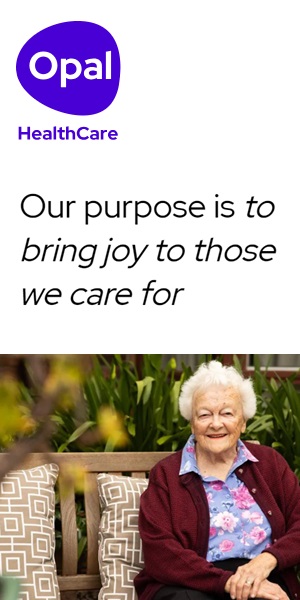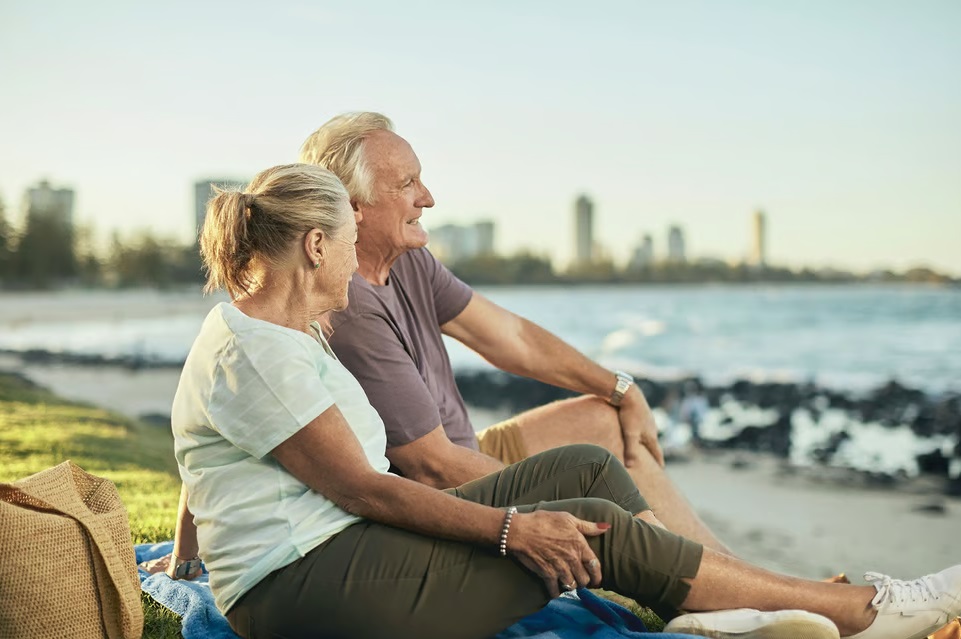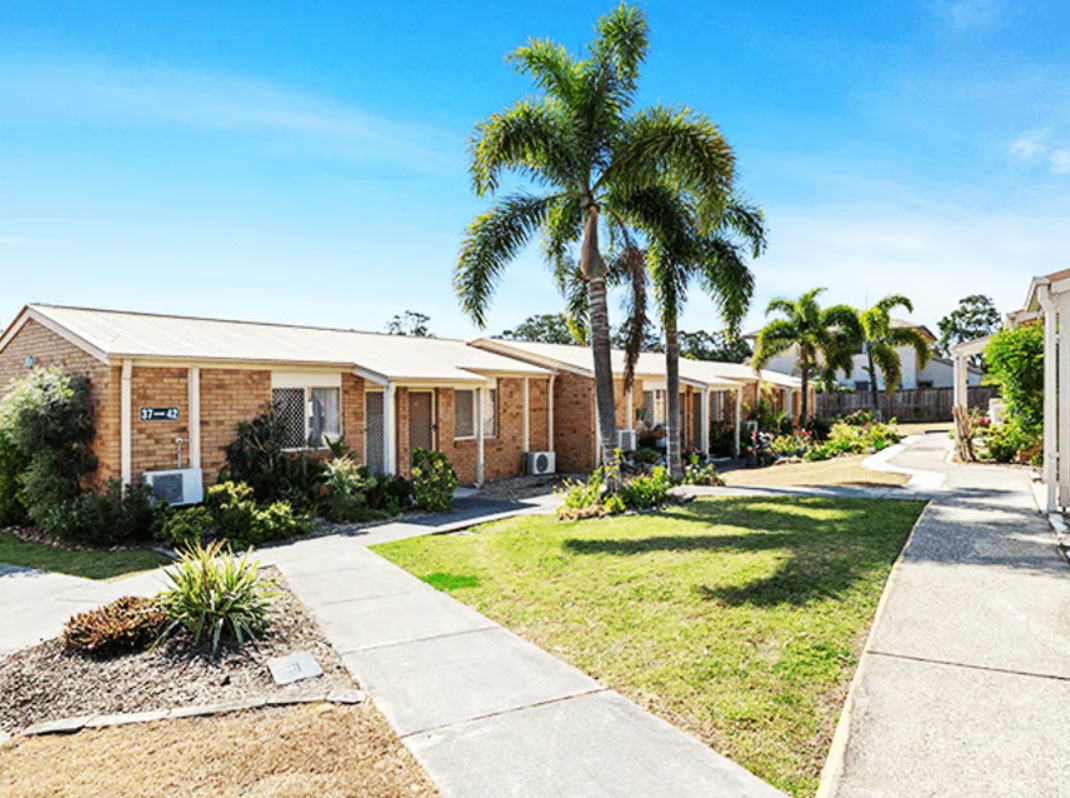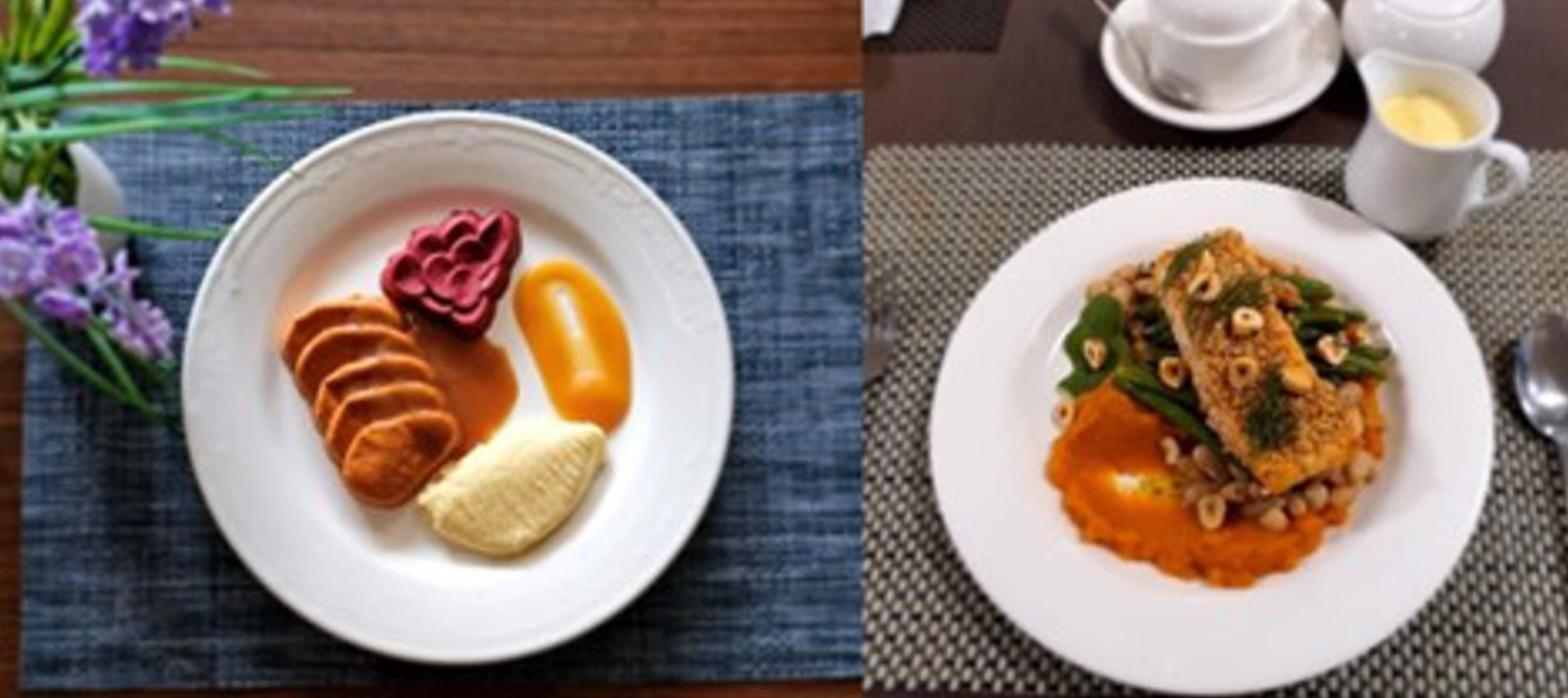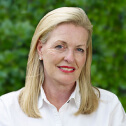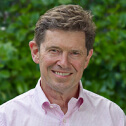Agedcare Operators
Take a moment to understand how the agedcare101 directory of aged care operators has been designed, to get the most out of your search.
Handy Hint - Did you know that if you can click the CC at the bottom righthand side while the video is playing, captions will appear. To get rid of them, click CC again.
View transcript of video hereIt is important to understand who the operator is because:
- They will be responsible for your medical and emotional care
- You are entering a journey of support together
- You are entering a legal and financial contract
Plus:
- Ultimately you are entering a relationship centred on trust
What to look for in an aged care operator
There are over 2,900 aged care homes and over 800 different operators across Australia.
There are a few large operators but the majority are small operators, covering a small geographic area.
Aged care homes (nursing homes) that perform at high standards and pass regular audits receive substantial government funding. Because of this, all are heavily regulated. See Get Informed Chapter 1.5
In effect, the operators have two customers – the Government and aged care residents – with both providing them funds for services.
The primary roles of the operator are to:
1. Provide the buildings and facilities that match or exceed the government requirements and standards to receive funding
2. Provide medical care and physical support services that match or exceed the government’s requirements and standards to receive funding
The important point is that all aged care homes will operate to the standards set by Government.
What you need to judge is the level of care they will provide you.
The physical design of the home at the end of the day is less important than the commitment of the operator to actually care for residents.
The size of the operator, the number of homes they operate can mean they are more able to invest in better training systems and technology. However smaller operators can deliver more owner involvement and personal care.
It is the leadership of each home that dictates the quality of the care and you will be able to sense this when you visit the individual home and talk to the staff and the residents. The length of time the management has been at that home is also important.
What are the standards and controls for operators
The standards and controls the Government applies to individual aged care homes is covered extensively in Get Informed.
In summary there are four ‘accreditation standards’ and 44 ‘expected outcomes’ that Government auditors check, using planned and surprised visits. The four broad standards are:
- the home’s management, systems and processes
- the health and personal care they provide
- how they support choices and lifestyle for residents; and
Plus:
- the physical environment of the home
The performance of each home is listed on the my aged care website.
Measuring ‘quality’ of care can be extremely subjective.
We do not attempt to rate or support a rating system on agedcare101.
In January 2016 the Government introduced the national Aged Care Quality Indicator Programme. The Government has identified quality three indicators of:
- Pressure injuries, such as bed sores
- Use of physical restraints
- Unplanned weight loss
It is a non compulsory programme. Many operators argue it is a limited and poor guide to quality and have not participated.
Once again, your visit to the home is the best method of judging the quality of care being provided.
1 week
Time estimate to complete all of the tasks within this step, including all sub-steps.
Operators
- Opal
- Bolton Clarke
- Estia Health
- Uniting Aged Care
- BUPA
- Calvary Care
- Regis Aged Care
- Blue Care
- Mercy Health Aged Care
- Arcare
- Southern Cross Care SA NT & VIC
- Catholic Healthcare
- Anglicare Residential Aged Care
- Hall & Prior
- BlueCross
- IRT
- Resthaven
- Aegis Aged Care Group
- RSL LifeCare
- Churches of Christ in Queensland
- BaptistCare NSW & ACT
- St Vincent's Care Services
- Southern Cross Care NSW & ACT
- Royal Freemasons' Benevolent Institution
- Uniting Agewell Victoria and Tasmania
- Juniper
- Salvation Army
- Respect
- The Whiddon Group
- Tricare
- Baptcare
- Amana Living
- Eldercare
- VMCH
